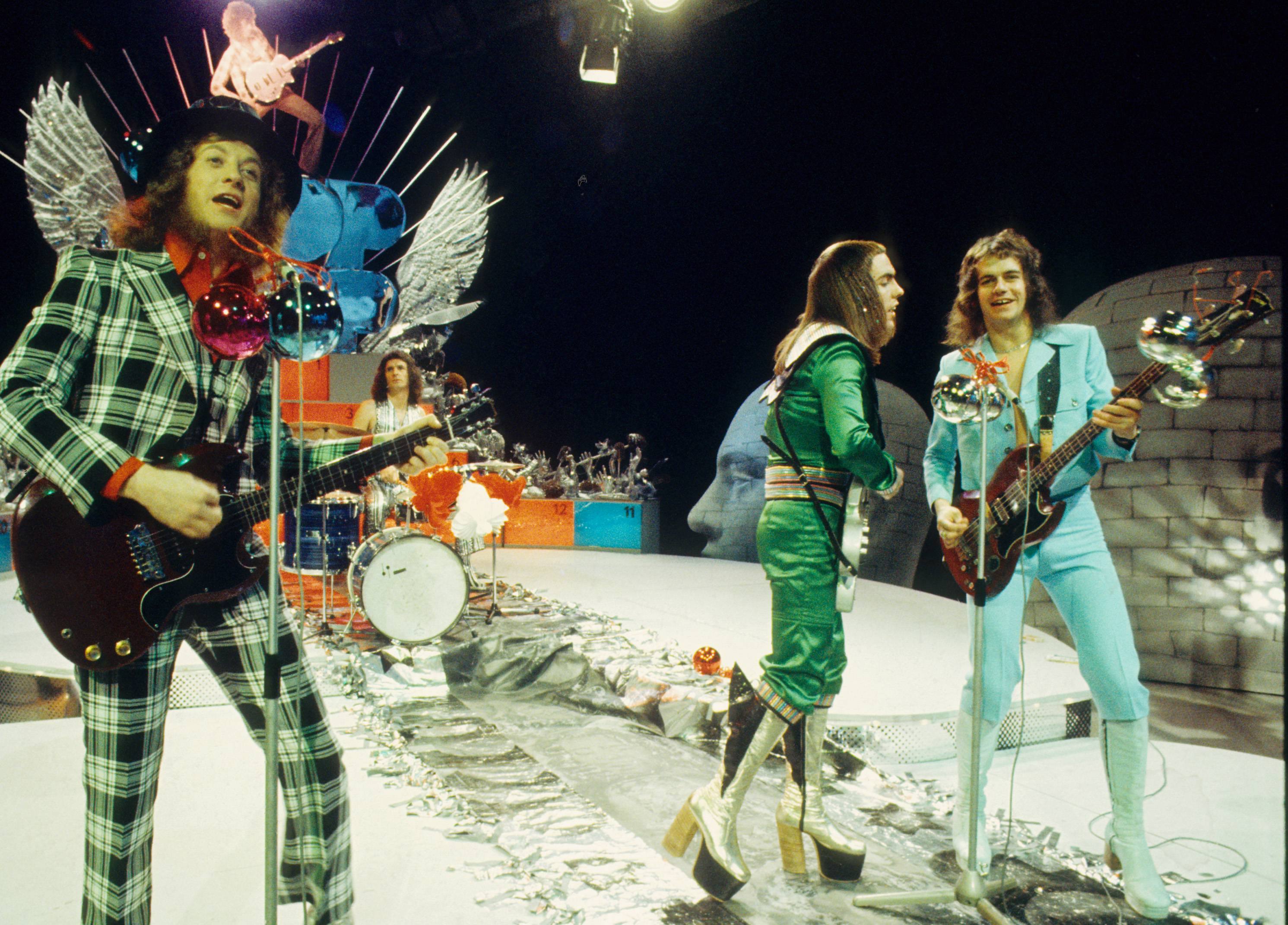
IT was once an essential part of the festive experience.
Millions would stop what they were doing on Christmas Day to gather round their TVs to watch Top Of The Pops, excited to see if that single they bought in Woolworths had made it to number one.
Think of Christmas chart-toppers and classics like Merry Christmas Everybody, Do They Know It’s Christmas? and Mary’s Boy Child come to mind.
But as the music industry changes, has the race for the festive top spot lost its sparkle?
Radio DJ and music expert Mike Read thinks so.
He was a fixture on Radio 1 from the 70s into the 90s, a period when having a Christmas number one was seen as a career accolade by both artists and the public.
“It was bred into us as a generation to be important,” Mike said.
“Around 20 million people – a third of the population – used to watch Top Of The Pops on Christmas Day, but there’s no longer that same excitement for it.
“In the 70s and 80s, the Christmas Day broadcast of Top Of The Pops was special, packed with big names who sold millions of singles. The chart doesn’t play the same role it once did. It was a bible for us, a big deal, but not now.
“Interest in it seems like a façade these days, whereas it was ingrained in us. It was a passion.” Mike believes easier accessibility to music has, ironically, caused the downturn in interest.
“You would maybe only hear a number one single in the 60s about a dozen times on the radio,” he explained. “It was scarce, so people would rush to the record shop to buy it because we didn’t have blanket coverage.
“You would sit by your transistor radio wondering if that song you liked was going to come on, but nowadays we can stream any song we want from any place and at any time.
“You appreciate food more when you’re hungry, but if you eat whatever you want whenever you want, you become lazy and no longer bother. It’s the same with music.
“Of course, artists are still delighted to have a number one, but not so many people take notice now.”
The prevalence of X Factor-type shows dominating the Christmas charts contributed to the loss of interest, although the race for the festive number one does still have the ability to surprise.
Rage Against The Machine’s Killing In The Name reached number one in 2009 following an online campaign among those fed up of The X Factor’s dominance and the Lewisham And Greenwich NHS Choir reached number one in 2015 after being endorsed by chart rival Justin Bieber.
But it all feels much more low-key compared to Slade and Wizzard or The Pogues and The Pet Shop Boys.
Mike, currently starring in panto for the first time in Windsor, says interest can be revived if change takes place.
“Fashions come round and people rediscover things, so it can happen,” he added.
“But the music industry needs to reorganise itself. It needs to dam up the river, but can you take music away from people after giving it to them for nothing?”

Enjoy the convenience of having The Sunday Post delivered as a digital ePaper straight to your smartphone, tablet or computer.
Subscribe for only £5.49 a month and enjoy all the benefits of the printed paper as a digital replica.
Subscribe